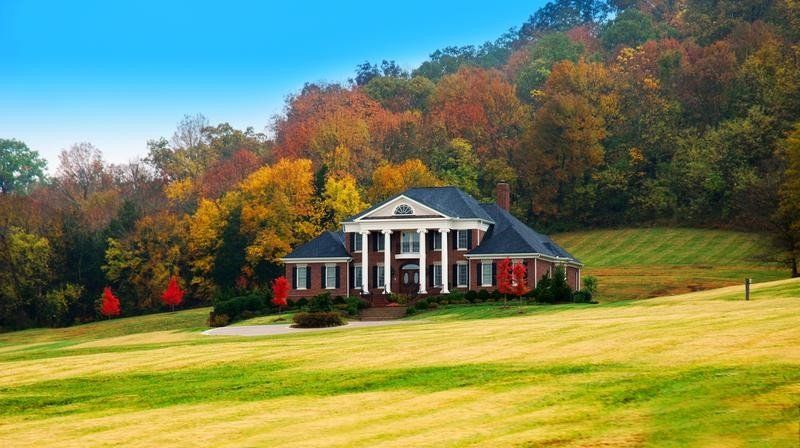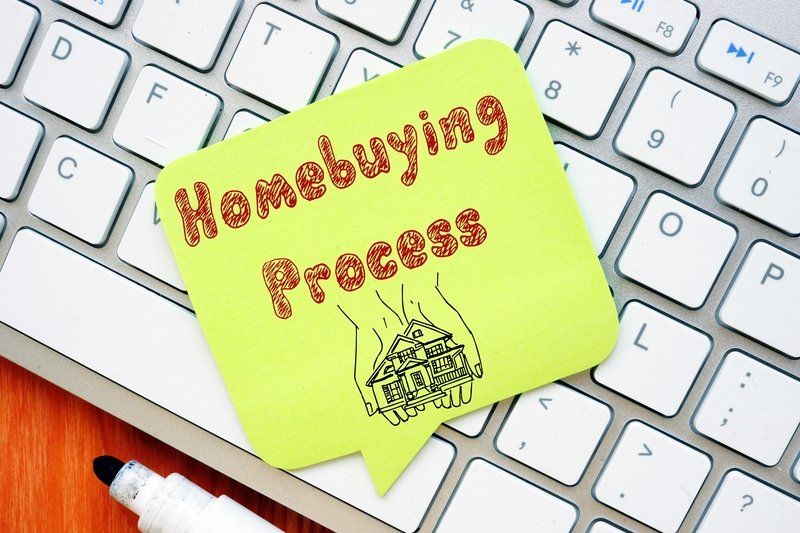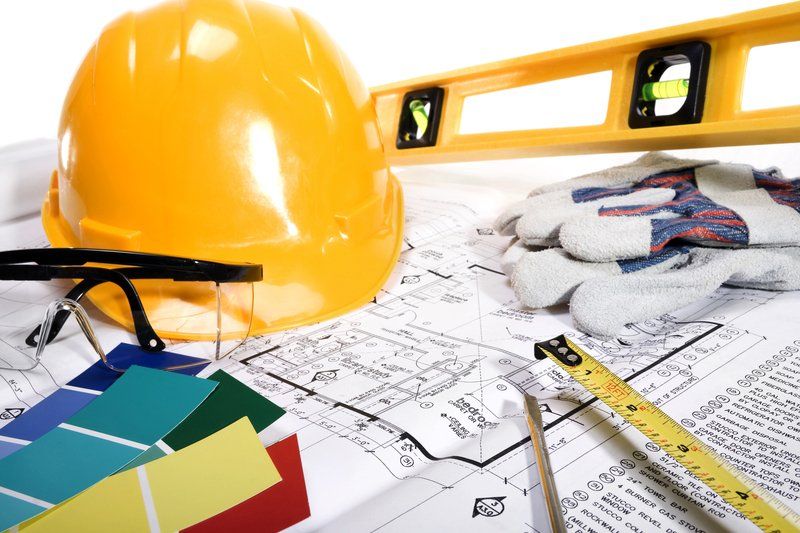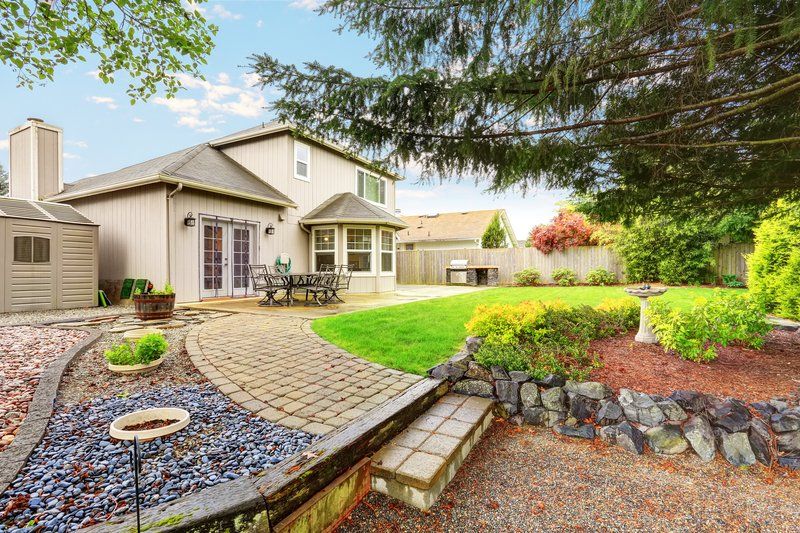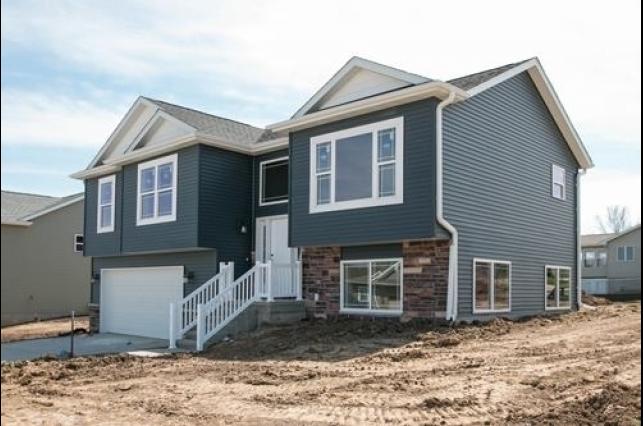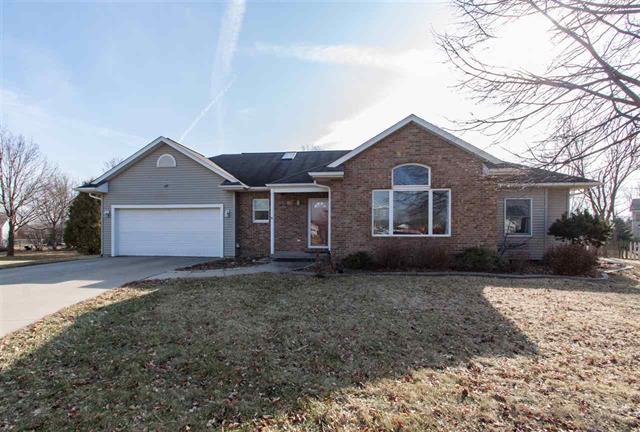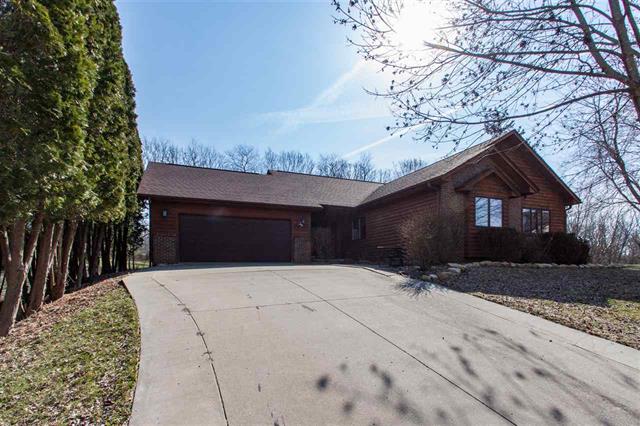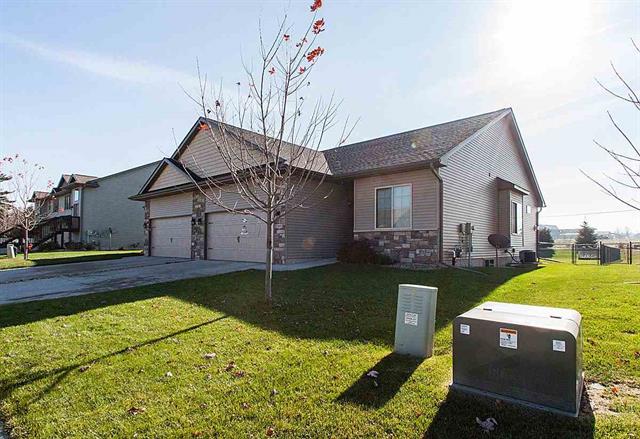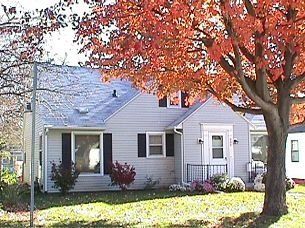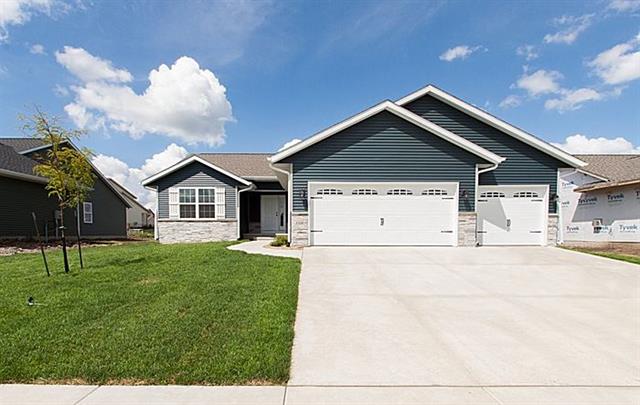
How to Build Equity in Your Home Faster
Building equity in your home is an important thing to do if you are ever hoping to use your house as collateral to secure a loan. Equity can also be very beneficial when you sell your home, the more equity you have, the more money you will pocket. Equity is the amount of your homes worth that belongs to you.
If you own your home without a mortgage, then that means that you have complete equity. If you do have a mortgage, then your equity is the worth of your home minus the principle that you still owe your lender. The following are several tips that you can try to build equity faster.
A Bigger Down Payment
A bigger down payment not only means less principal to pay off, it also means less interest over time. For example, pretend you are buying a home for $150,000. You have a choice between a 10 percent or 20 percent down payment. A 20% down payment will cost $30,000 and start you off with $30,000 in equity. A 10% down payment will only cost you $15,000, but you will only start with $15,000 in equity.
Even though a higher down payment can end up saving you a lot of money, there are a few drawbacks. It is possible for your home's value to decrease. If that is the case, you’ll lose some of your equity. Additionally, that extra money spent can put a strain on your current resources.
A Shorter Mortgage Term
Mortgages are traditionally 30 years in length. If you want to build equity more quickly, then a shorter-term mortgage is a good option. You can choose a 20-year or 15-year mortgage. The benefits to these shorter mortgages is that you’ll pay lower interest rates and build equity in your home faster. The downside is that each mortgage payment will cost you more. So, take a look at your financial situation. If you can afford the shorter-term mortgage, it can end up saving you a lot of money in the long-term. If you’re not sure what you should be paying, using a mortgage calculator can help you figure out what your monthly payments would be.
House Hacking
Both of the above options are great for building fast equity, but they require more money to come out of your bank account. This option will help you build equity without using your own money. That’s right, with house hacking you can have someone else buy you a house. House hacking refers to the practice of renting out a portion of your home. You can rent out a room, or an entire basement if you have the space. This can earn you anywhere from $300–$1000 dollars a month depending on the amount of space you have. You can then take this extra income and put it towards paying off your home.
Build Additions
The three tips above, all focus on increasing equity by paying off your mortgage. This tip and the next are about increasing equity by increasing your home’s value. You can build additions to your home to increase its value, such as a deck. Add amenities to your deck that will make it a great outdoor gathering place during the summer. This will make your home much more appealing to potential buyers. Your equity will then increase by the amount that your home's value increases. Other additions that you could consider include, a larger garage, a sunroom, a guest house, or even a pool.
Renovations
You don’t have to build something new to increase your home's value, you could just focus on improving what you already have. If you have an older home, consider replacing the small windows with larger ones. Take a look at your kitchen. Is it small and cramped? If you can knock out a few walls to give some more space while upgrading appliances, you can really improve your homes worth.
While you’re at it, consider remodeling your bathroom. A modern look in the bathroom will give your home a much higher asking price if you’re looking to sell. At the very least, inspect your home for signs of disrepair and then fix it.
Advance Payments
If you’re blessed enough to have some extra cash, you can build equity by paying off your mortgage faster with advanced payments. An advanced payment will not only increase your equity, it will also help you save a lot of money on interest. For example, if you owed $120,000 on a 30 year mortgage with 4.5% interest, than you would pay $98,888 in interest over the 30 year period. If you pay just $25 extra dollars a month, you would pay off the mortgage in a little under 28 years and save $9,024 dollars on interest. If you can pay more, it gets even better.
Landscaping
If you look outside of your house, there are other things you can do to build your homes value and increase your equity. By revamping the landscaping around your home, you can give your home a beauty that will justify a higher price tag. Start with the lawn, it needs to be healthy and neatly trimmed and edged. Then consider adding plants such as bushes, trees, and flowers. Consider adding a water feature like a stream with a pond. If you don’t want something that in depth, you could add a fountain. These features can give your home a unique feel and help it stand out on the housing market.
Appraisal
If you’ve been doing a lot of work on your home, it’s important to get an appraisal done if you want to use your home as collateral for a loan. If you’re planning to sell your home, an appraisal can help you set the right price. During an appraisal, a licensed professional will come in and inspect your home. They will take note of all your homes features and then compare your home with similar homes in your area. Based on this, they can give you an official declaration of the worth of your home. If you’re selling, this can give you a good reference for your asking price. If you’re getting a loan, this will be an important document to include in your bank's loan application.
Your home can be one of your greatest assets if you manage it properly. The more equity that you have in your home, the more you will be able to do with it. Use these tips to build equity more quickly. Once you do, you can use a home equity loan to finance your future pursuits.
If you’re ready to buy a new home, contact us so we can help!

Web Design & Digital Marketing With ♥ By Dotcom Design
